HSBC 2010 Annual Report Download - page 261
Download and view the complete annual report
Please find page 261 of the 2010 HSBC annual report below. You can navigate through the pages in the report by either clicking on the pages listed below, or by using the keyword search tool below to find specific information within the annual report.-
 1
1 -
 2
2 -
 3
3 -
 4
4 -
 5
5 -
 6
6 -
 7
7 -
 8
8 -
 9
9 -
 10
10 -
 11
11 -
 12
12 -
 13
13 -
 14
14 -
 15
15 -
 16
16 -
 17
17 -
 18
18 -
 19
19 -
 20
20 -
 21
21 -
 22
22 -
 23
23 -
 24
24 -
 25
25 -
 26
26 -
 27
27 -
 28
28 -
 29
29 -
 30
30 -
 31
31 -
 32
32 -
 33
33 -
 34
34 -
 35
35 -
 36
36 -
 37
37 -
 38
38 -
 39
39 -
 40
40 -
 41
41 -
 42
42 -
 43
43 -
 44
44 -
 45
45 -
 46
46 -
 47
47 -
 48
48 -
 49
49 -
 50
50 -
 51
51 -
 52
52 -
 53
53 -
 54
54 -
 55
55 -
 56
56 -
 57
57 -
 58
58 -
 59
59 -
 60
60 -
 61
61 -
 62
62 -
 63
63 -
 64
64 -
 65
65 -
 66
66 -
 67
67 -
 68
68 -
 69
69 -
 70
70 -
 71
71 -
 72
72 -
 73
73 -
 74
74 -
 75
75 -
 76
76 -
 77
77 -
 78
78 -
 79
79 -
 80
80 -
 81
81 -
 82
82 -
 83
83 -
 84
84 -
 85
85 -
 86
86 -
 87
87 -
 88
88 -
 89
89 -
 90
90 -
 91
91 -
 92
92 -
 93
93 -
 94
94 -
 95
95 -
 96
96 -
 97
97 -
 98
98 -
 99
99 -
 100
100 -
 101
101 -
 102
102 -
 103
103 -
 104
104 -
 105
105 -
 106
106 -
 107
107 -
 108
108 -
 109
109 -
 110
110 -
 111
111 -
 112
112 -
 113
113 -
 114
114 -
 115
115 -
 116
116 -
 117
117 -
 118
118 -
 119
119 -
 120
120 -
 121
121 -
 122
122 -
 123
123 -
 124
124 -
 125
125 -
 126
126 -
 127
127 -
 128
128 -
 129
129 -
 130
130 -
 131
131 -
 132
132 -
 133
133 -
 134
134 -
 135
135 -
 136
136 -
 137
137 -
 138
138 -
 139
139 -
 140
140 -
 141
141 -
 142
142 -
 143
143 -
 144
144 -
 145
145 -
 146
146 -
 147
147 -
 148
148 -
 149
149 -
 150
150 -
 151
151 -
 152
152 -
 153
153 -
 154
154 -
 155
155 -
 156
156 -
 157
157 -
 158
158 -
 159
159 -
 160
160 -
 161
161 -
 162
162 -
 163
163 -
 164
164 -
 165
165 -
 166
166 -
 167
167 -
 168
168 -
 169
169 -
 170
170 -
 171
171 -
 172
172 -
 173
173 -
 174
174 -
 175
175 -
 176
176 -
 177
177 -
 178
178 -
 179
179 -
 180
180 -
 181
181 -
 182
182 -
 183
183 -
 184
184 -
 185
185 -
 186
186 -
 187
187 -
 188
188 -
 189
189 -
 190
190 -
 191
191 -
 192
192 -
 193
193 -
 194
194 -
 195
195 -
 196
196 -
 197
197 -
 198
198 -
 199
199 -
 200
200 -
 201
201 -
 202
202 -
 203
203 -
 204
204 -
 205
205 -
 206
206 -
 207
207 -
 208
208 -
 209
209 -
 210
210 -
 211
211 -
 212
212 -
 213
213 -
 214
214 -
 215
215 -
 216
216 -
 217
217 -
 218
218 -
 219
219 -
 220
220 -
 221
221 -
 222
222 -
 223
223 -
 224
224 -
 225
225 -
 226
226 -
 227
227 -
 228
228 -
 229
229 -
 230
230 -
 231
231 -
 232
232 -
 233
233 -
 234
234 -
 235
235 -
 236
236 -
 237
237 -
 238
238 -
 239
239 -
 240
240 -
 241
241 -
 242
242 -
 243
243 -
 244
244 -
 245
245 -
 246
246 -
 247
247 -
 248
248 -
 249
249 -
 250
250 -
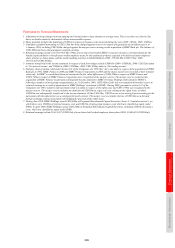 251
251 -
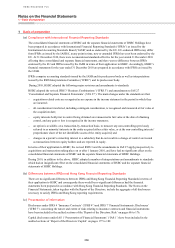 252
252 -
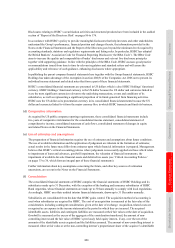 253
253 -
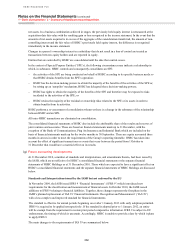 254
254 -
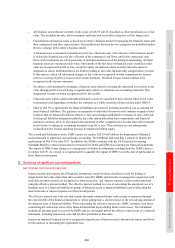 255
255 -
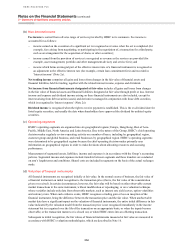 256
256 -
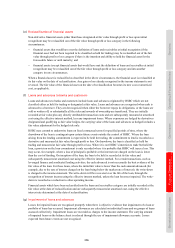 257
257 -
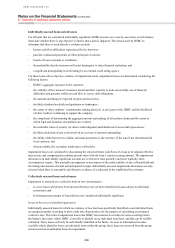 258
258 -
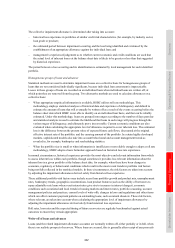 259
259 -
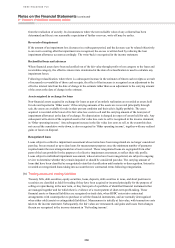 260
260 -
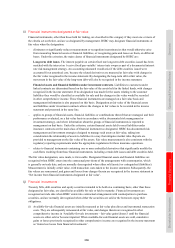 261
261 -
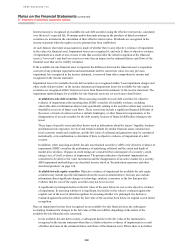 262
262 -
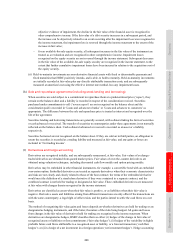 263
263 -
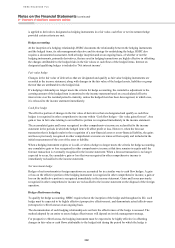 264
264 -
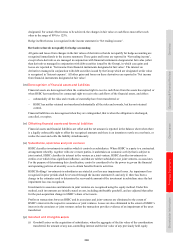 265
265 -
 266
266 -
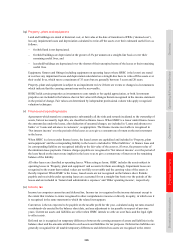 267
267 -
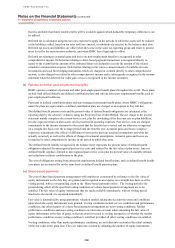 268
268 -
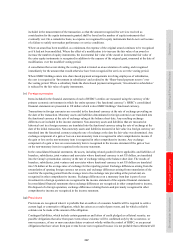 269
269 -
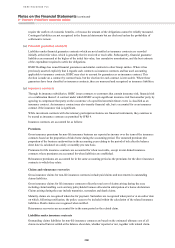 270
270 -
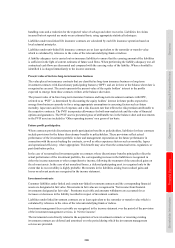 271
271 -
 272
272 -
 273
273 -
 274
274 -
 275
275 -
 276
276 -
 277
277 -
 278
278 -
 279
279 -
 280
280 -
 281
281 -
 282
282 -
 283
283 -
 284
284 -
 285
285 -
 286
286 -
 287
287 -
 288
288 -
 289
289 -
 290
290 -
 291
291 -
 292
292 -
 293
293 -
 294
294 -
 295
295 -
 296
296 -
 297
297 -
 298
298 -
 299
299 -
 300
300 -
 301
301 -
 302
302 -
 303
303 -
 304
304 -
 305
305 -
 306
306 -
 307
307 -
 308
308 -
 309
309 -
 310
310 -
 311
311 -
 312
312 -
 313
313 -
 314
314 -
 315
315 -
 316
316 -
 317
317 -
 318
318 -
 319
319 -
 320
320 -
 321
321 -
 322
322 -
 323
323 -
 324
324 -
 325
325 -
 326
326 -
 327
327 -
 328
328 -
 329
329 -
 330
330 -
 331
331 -
 332
332 -
 333
333 -
 334
334 -
 335
335 -
 336
336 -
 337
337 -
 338
338 -
 339
339 -
 340
340 -
 341
341 -
 342
342 -
 343
343 -
 344
344 -
 345
345 -
 346
346 -
 347
347 -
 348
348 -
 349
349 -
 350
350 -
 351
351 -
 352
352 -
 353
353 -
 354
354 -
 355
355 -
 356
356 -
 357
357 -
 358
358 -
 359
359 -
 360
360 -
 361
361 -
 362
362 -
 363
363 -
 364
364 -
 365
365 -
 366
366 -
 367
367 -
 368
368 -
 369
369 -
 370
370 -
 371
371 -
 372
372 -
 373
373 -
 374
374 -
 375
375 -
 376
376 -
 377
377 -
 378
378 -
 379
379 -
 380
380 -
 381
381 -
 382
382 -
 383
383 -
 384
384 -
 385
385 -
 386
386 -
 387
387 -
 388
388 -
 389
389 -
 390
390 -
 391
391 -
 392
392 -
 393
393 -
 394
394 -
 395
395 -
 396
396
 |
 |

259
Overview Operating & Financial Review Governance Financial Statements Shareholder Information
(i) Financial instruments designated at fair value
Financial instruments, other than those held for trading, are classified in this category if they meet one or more of
the criteria set out below, and are so designated by management. HSBC may designate financial instruments at
fair value when the designation:
– eliminates or significantly reduces measurement or recognition inconsistencies that would otherwise arise
from measuring financial assets or financial liabilities, or recognising gains and losses on them, on different
bases. Under this criterion, the main classes of financial instruments designated by HSBC are:
Long-term debt issues. The interest payable on certain fixed rate long-term debt securities issued has been
matched with the interest on ‘receive fixed/pay variable’ interest rate swaps as part of a documented interest
rate risk management strategy. An accounting mismatch would arise if the debt securities issued were
accounted for at amortised cost, because the related derivatives are measured at fair value with changes in
the fair value recognised in the income statement. By designating the long-term debt at fair value, the
movement in the fair value of the long-term debt will also be recognised in the income statement.
Financial assets and financial liabilities under investment contracts. Liabilities to customers under
linked contracts are determined based on the fair value of the assets held in the linked funds, with changes
recognised in the income statement. If no designation was made for the assets relating to the customer
liabilities they would be classified as available for sale and the changes in fair value would be recorded
in other comprehensive income. These financial instruments are managed on a fair value basis and
management information is also prepared on this basis. Designation at fair value of the financial assets
and liabilities under investment contracts allows the changes in fair values to be recorded in the income
statement and presented in the same line.
– applies to groups of financial assets, financial liabilities or combinations thereof that are managed, and their
performance evaluated, on a fair value basis in accordance with a documented risk management or
investment strategy, and where information about the groups of financial instruments is reported to
management on that basis. Under this criterion, certain financial assets held to meet liabilities under
insurance contracts are the main class of financial instrument so designated. HSBC has documented risk
management and investment strategies designed to manage such assets at fair value, taking into
consideration the relationship of assets to liabilities in a way that mitigates market risks. Reports are
provided to management on the fair value of the assets. Fair value measurement is also consistent with the
regulatory reporting requirements under the appropriate regulations for these insurance operations.
– relates to financial instruments containing one or more embedded derivatives that significantly modify the
cash flows resulting from those financial instruments, including certain debt issues and debt securities held.
The fair value designation, once made, is irrevocable. Designated financial assets and financial liabilities are
recognised when HSBC enters into the contractual provisions of the arrangements with counterparties, which
is generally on trade date, and are normally derecognised when either sold (assets) or extinguished (liabilities).
Measurement is initially at fair value, with transaction costs taken to the income statement. Subsequently, the
fair values are remeasured, and gains and losses from changes therein are recognised in the income statement in
‘Net income from financial instruments designated at fair value’.
(j) Financial investments
Treasury bills, debt securities and equity securities intended to be held on a continuing basis, other than those
designated at fair value, are classified as available for sale or held to maturity. Financial investments are
recognised on trade date when HSBC enters into contractual arrangements with counterparties to purchase
securities, and are normally derecognised when either the securities are sold or the borrowers repay their
obligations.
(i) Available-for-sale financial assets are initially measured at fair value plus direct and incremental transaction
costs. They are subsequently remeasured at fair value, and changes therein are recognised in other
comprehensive income in ‘Available-for-sale investments – fair value gains/(losses)’ until the financial
assets are either sold or become impaired. When available-for-sale financial assets are sold, cumulative
gains or losses previously recognised in other comprehensive income are recognised in the income statement
as ‘Gains less losses from financial investments’.
